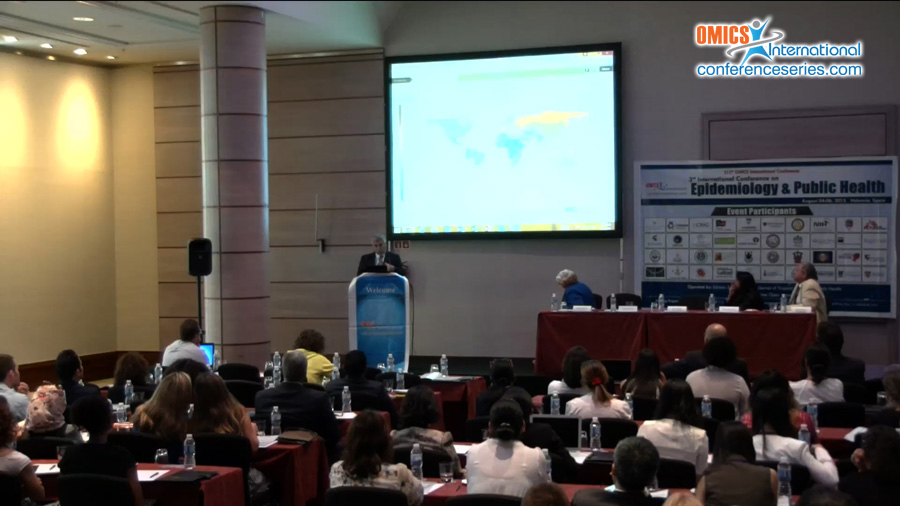
Ali H. Mokdad
University of Washington, USA
Title: Global Burden of Disease, injuries, and risk factors in 188 countries, 1990-2013
Biography
Biography: Ali H. Mokdad
Abstract
The Global Burden of Disease 2013 (GBD) is a systematic, scientific effort to quantify the comparative magnitude of health loss from all major diseases, injuries, and risk factors by age, sex, and population and over time for 188 countries from 1990 to present. It covers 306 diseases and injuries, 2,337 sequelae, and 76 risk factors. GBD provides Years of life lost due to premature mortality (YLLs), Years lived with disability (YLDs), and Disability-adjusted life years (DALYs). Global life expectancy for both sexes increased from 65.3 years in 1990, to 71.5 years in 2013, while the number of deaths increased from 47.5 million to 54.9 million over the same interval. For women aged 25–39 years and older than 75 years and for men aged 20–49 years and 65 years and older. YLDs for both sexes increased from 537.6 million in 1990 to 764.8 million in 2013, while the age-standardized rate decreased from 114.87 to 110.31 per 1,000 people between 1990 and 2013. The aggregation of the 14 specific components of diet accounts for nearly one tenth of global DALYs in 2013. After diet, high systolic blood pressure is the next most important global risk factor accounting for 8.5% of all DALYs up from 5.6% in 1990. It is the underlying causes of diseases and injuries that ought to guide prevention efforts, and knowing their comparative magnitude, and trends, in causing health loss is arguably among the most important information required by countries to prioritize health programs and policies


